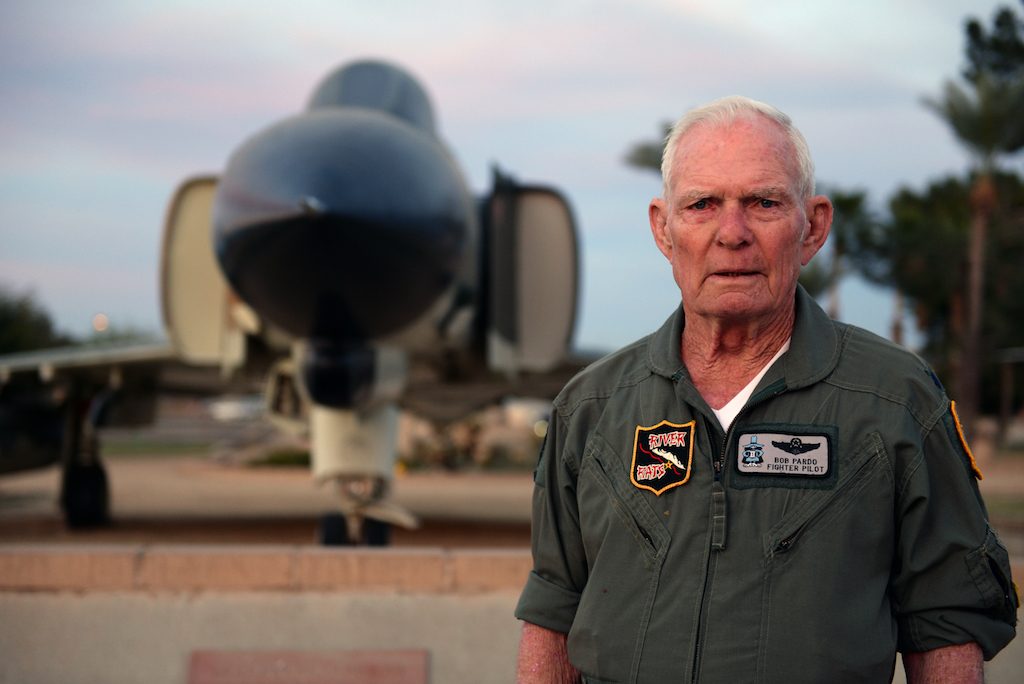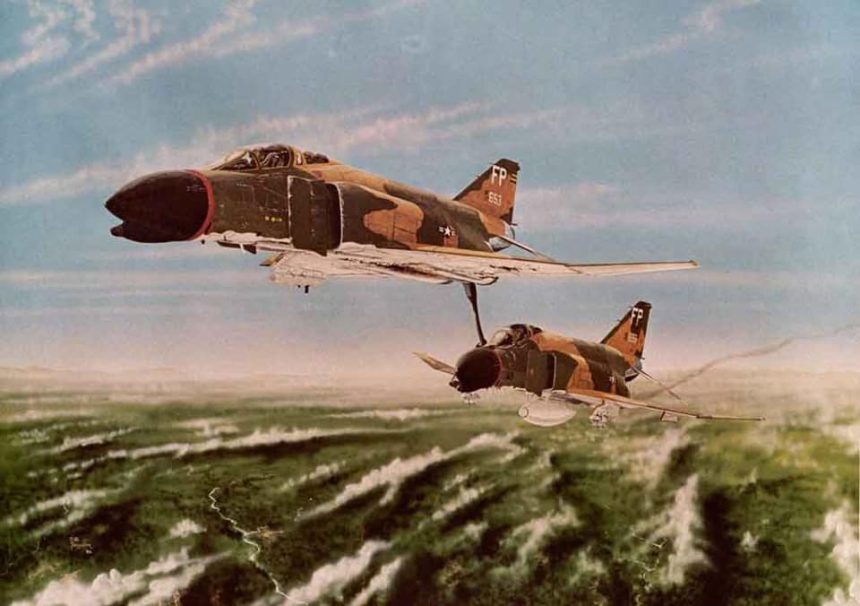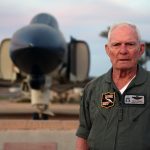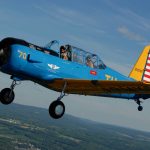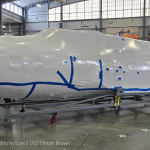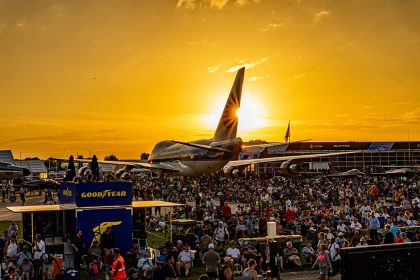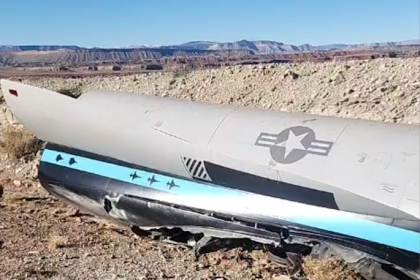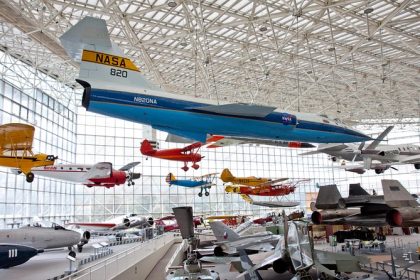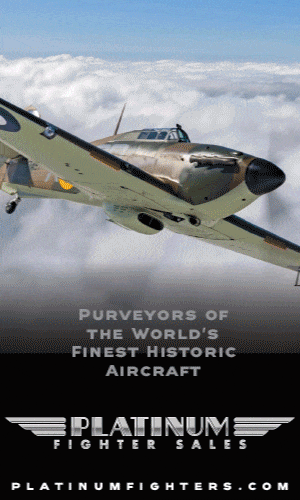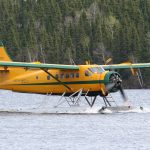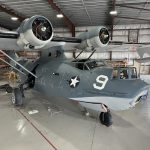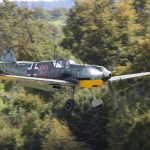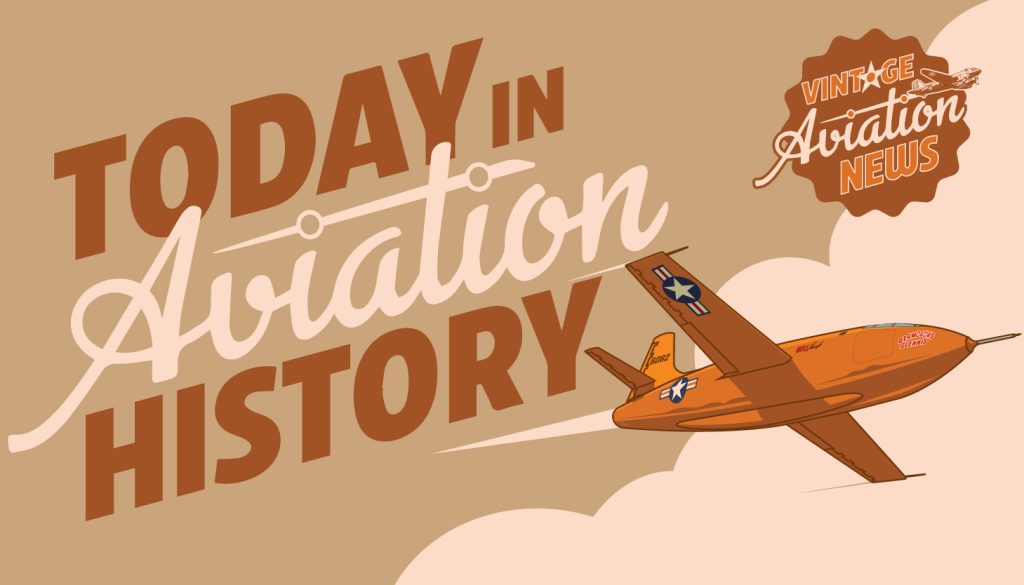
Fifty-eight years ago today, on March 10, 1967, “Pardo’s Push” unfolded in the skies over Vietnam. On this day, Captain Bob Pardo and his WSO, 1st Lt. Steve Wayne, were assigned to attack a steel mill near Hanoi, North Vietnam. Flying alongside them in the 8th Tactical Fighter Wing, 433rd Tactical Fighter Squadron, was Captain Earl Aman and his WSO, 1st Lt. Robert Houghton. Both F-4 Phantom II crews launched toward their target after departing from Ubon Royal Thai Air Force Base.
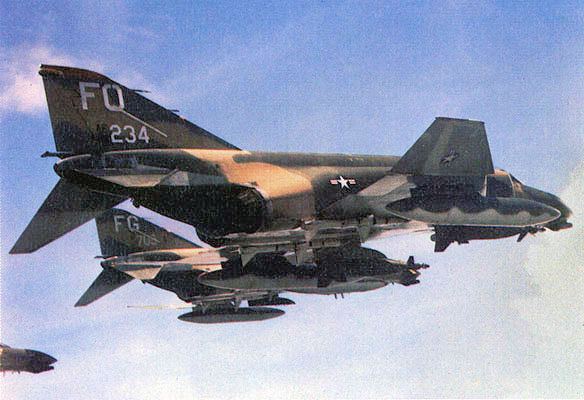
The skies were clear enough for the bombing run, but both Pardo and Aman’s Phantoms were struck by anti-aircraft fire. Aman’s aircraft suffered critical damage when its fuel tank was hit, causing fuel to pour out rapidly. Without enough fuel to reach a KC-135 tanker, Aman faced the grim reality of either ejecting over enemy territory or going down with his aircraft—until Pardo devised a daring plan.
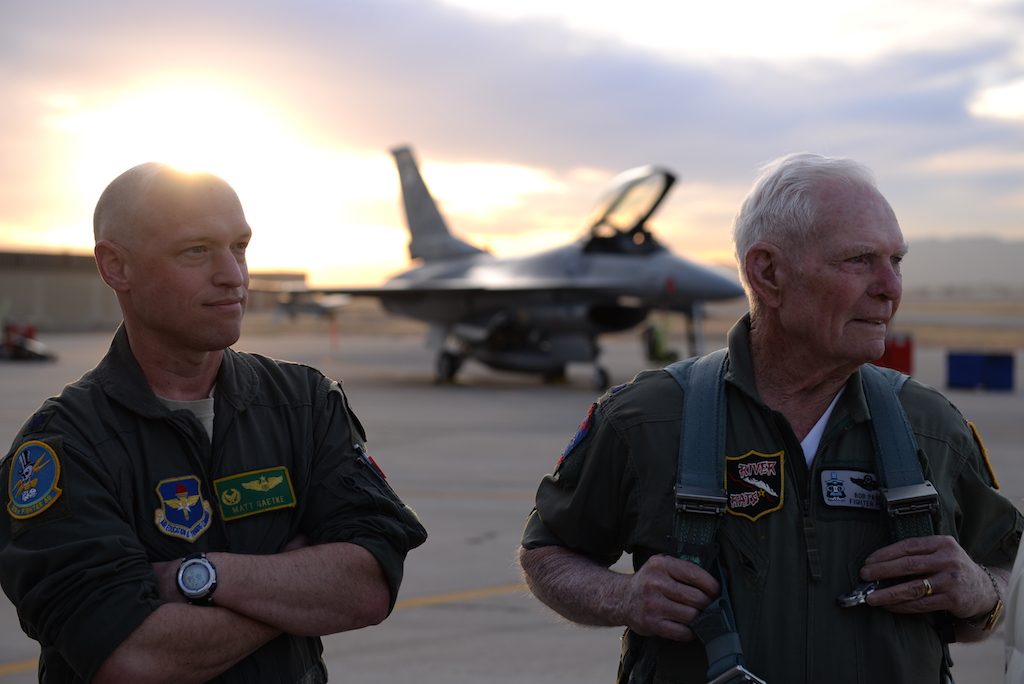
Pardo attempted to push Aman’s Phantom by contacting its drag chute compartment, but turbulence made this impossible. Thinking quickly, he instructed Aman to lower his tailhook, then used his own windscreen to push against it. Despite the turbulence, engine shutdowns, and further complications—including Pardo losing one of his engines to fire—the maneuver succeeded in propelling Aman’s crippled aircraft closer to safety. Throughout 88 miles, Pardo maintained contact, guiding Aman’s Phantom into Laotian airspace. Once clear of enemy territory, all four men ejected, successfully evaded capture, and were rescued by friendly forces.
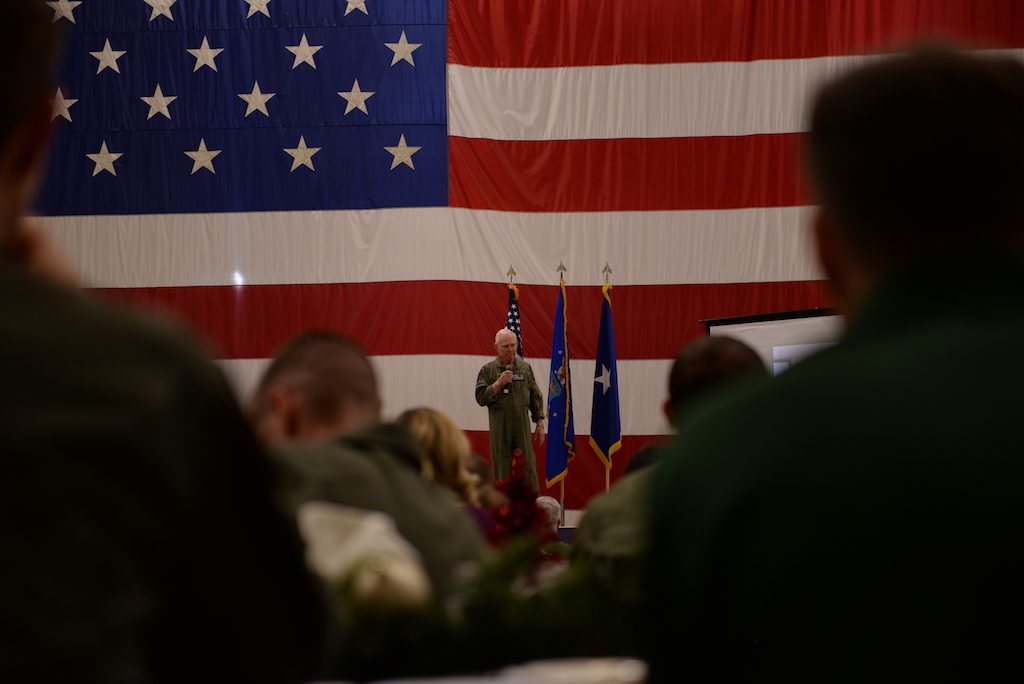
“Pardo’s Push” remains one of aviation’s most remarkable displays of ingenuity and selflessness. Though Bob Pardo and Steve Wayne have since passed, their heroic act continues to inspire, demonstrating the unbreakable bond of camaraderie in the face of overwhelming odds.
